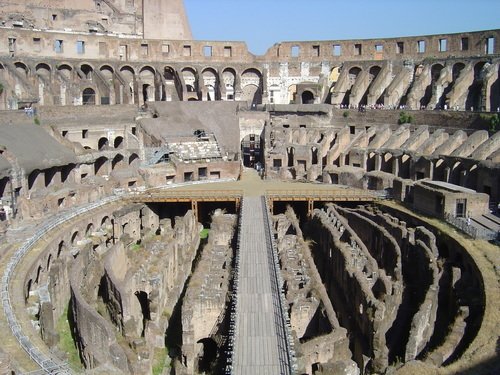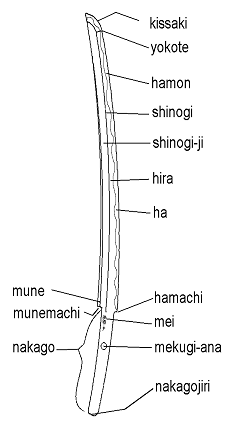Treasure of Rome the Colliseum
The Colosseum, (the Flavian Amphitheatre) is one of Rome's most famous buildings and enduring monuments to the culture of the ancient Romans. Construction was initiated by the Emperor Vespasian around 72 AD. His son Titus reigned over its completion and the official opening ceremonies, about 8 years later. The huge theater was originally built encompassing four floors. The first three had arched entrances, while the fourth floor utilized rectangular doorways. The floors each measured between 10,5-13,9 meters (32-42 feet) in height. The total height of the construction was approximately 48 meters (144 feet). The arena measured 79 x 45 meters (237-135 feet), and consisted of wood and sand. (The word "arena" is derived from the Latin arena, which means "sand.") Nets along the sides protected the audience. The Colosseum had a total spectator capacity of 45,000-55,000. A wooden floor covered subterranean chambers where the gladiators and animals were kept waiting to perform. There is some debate over the idea that the Colosseum was occasionally flooded for mock naval battles.

















